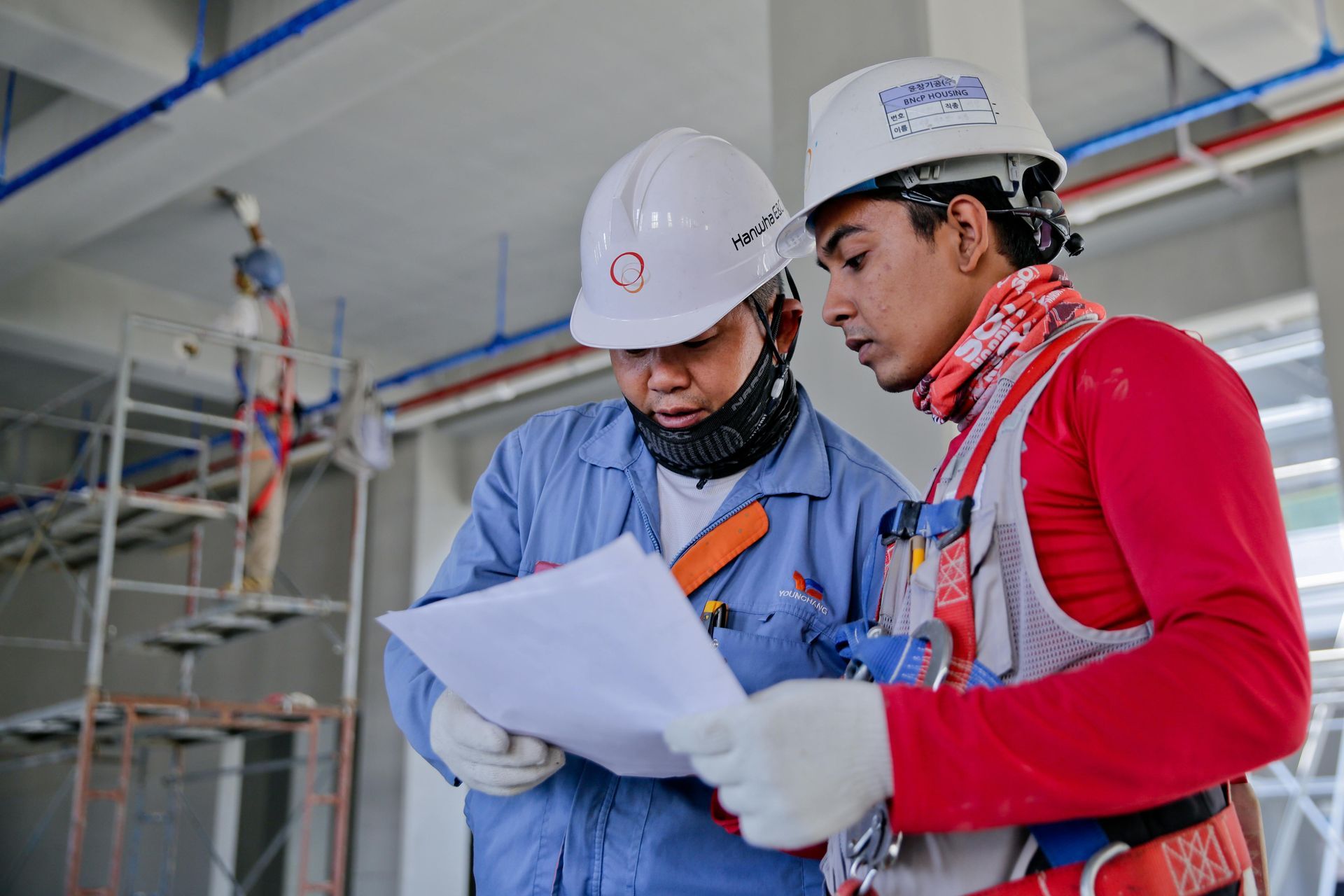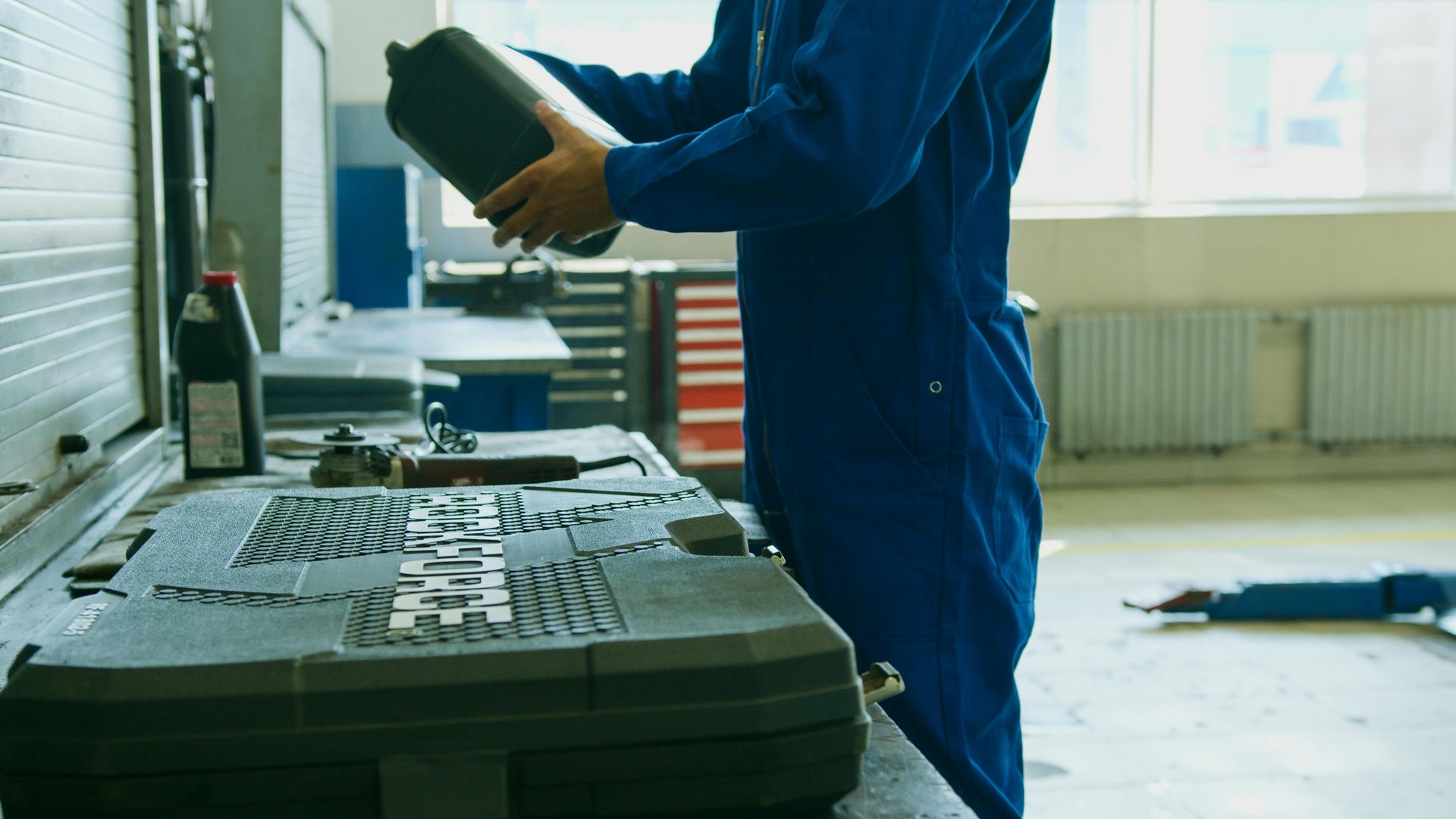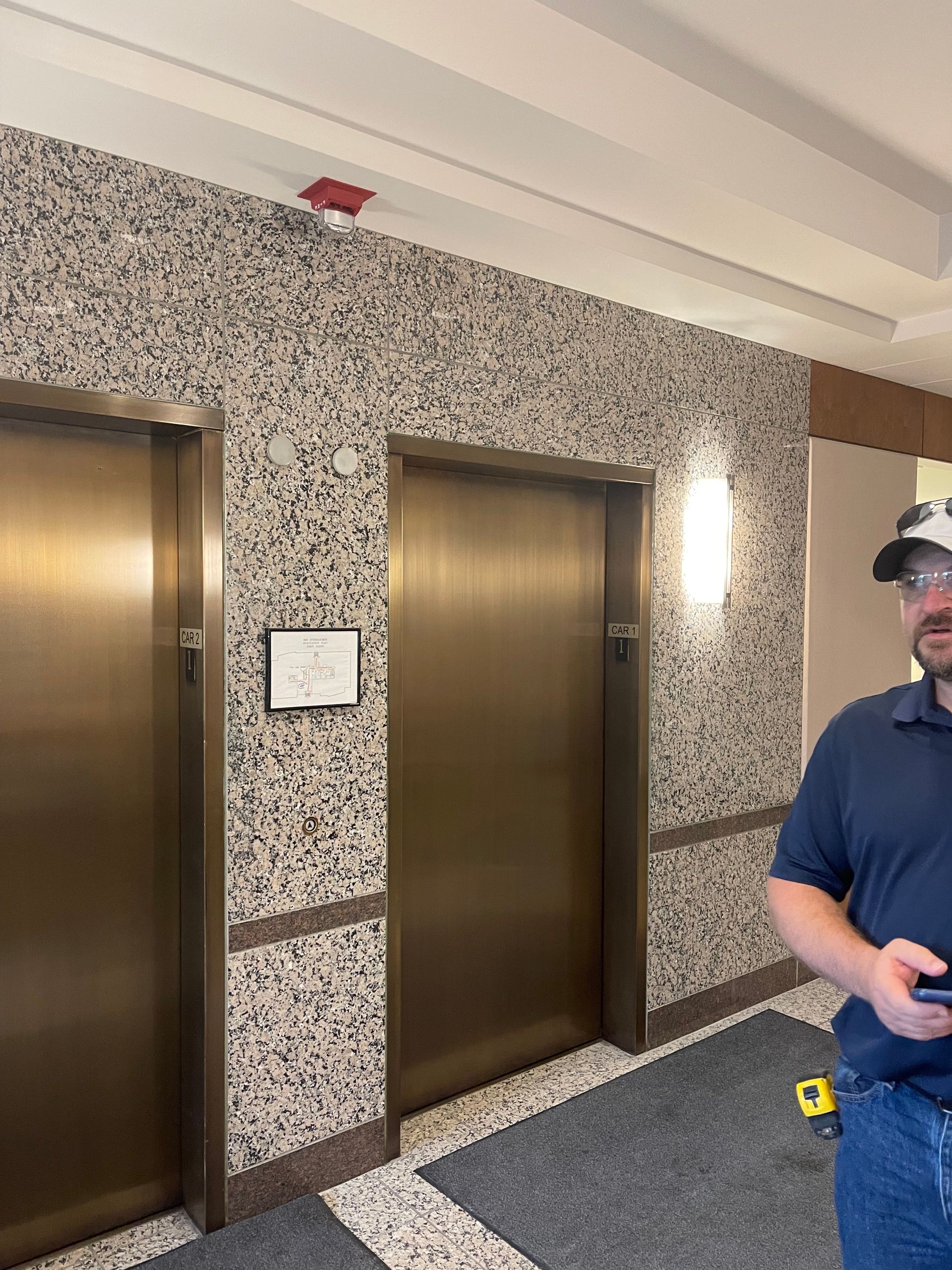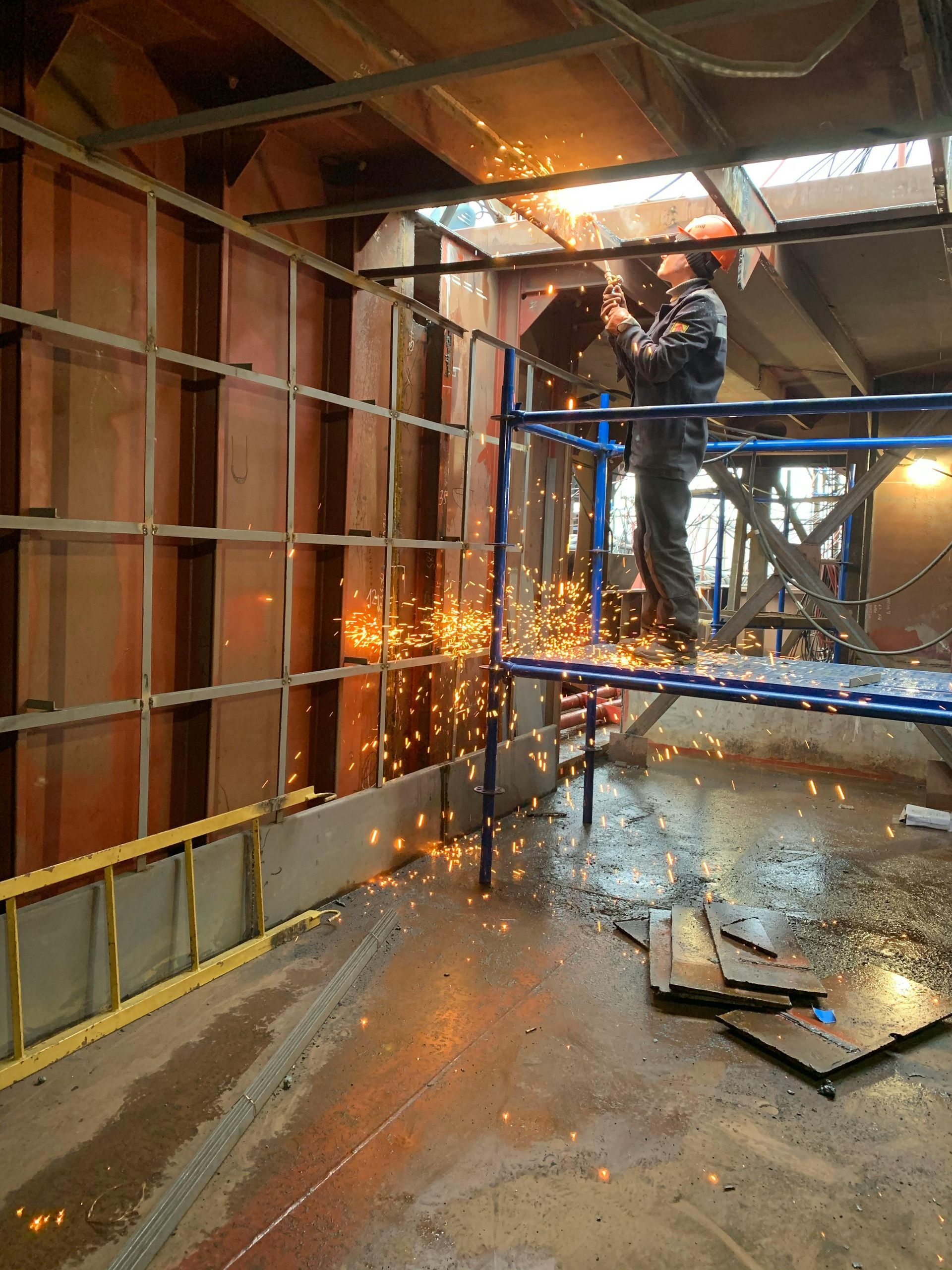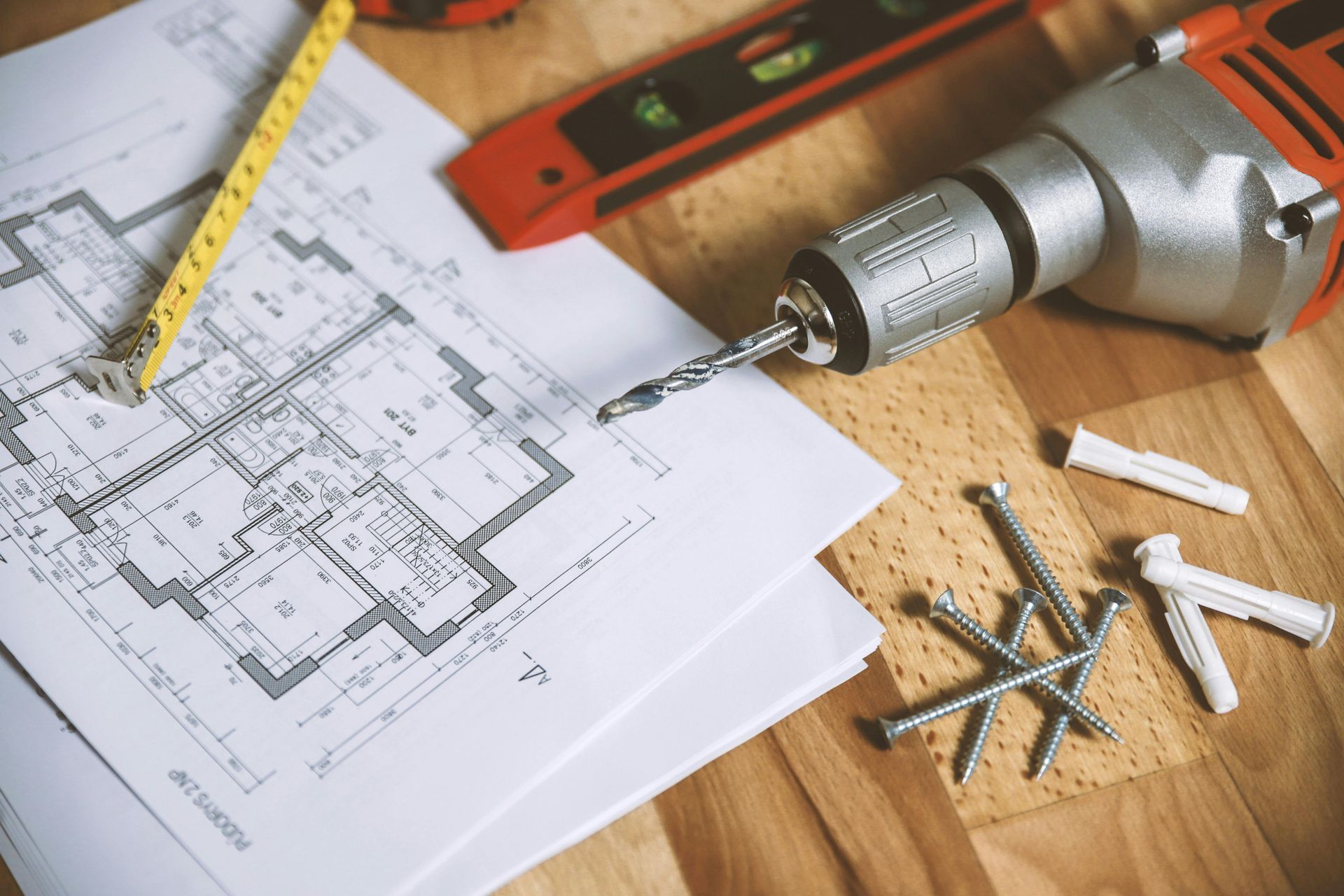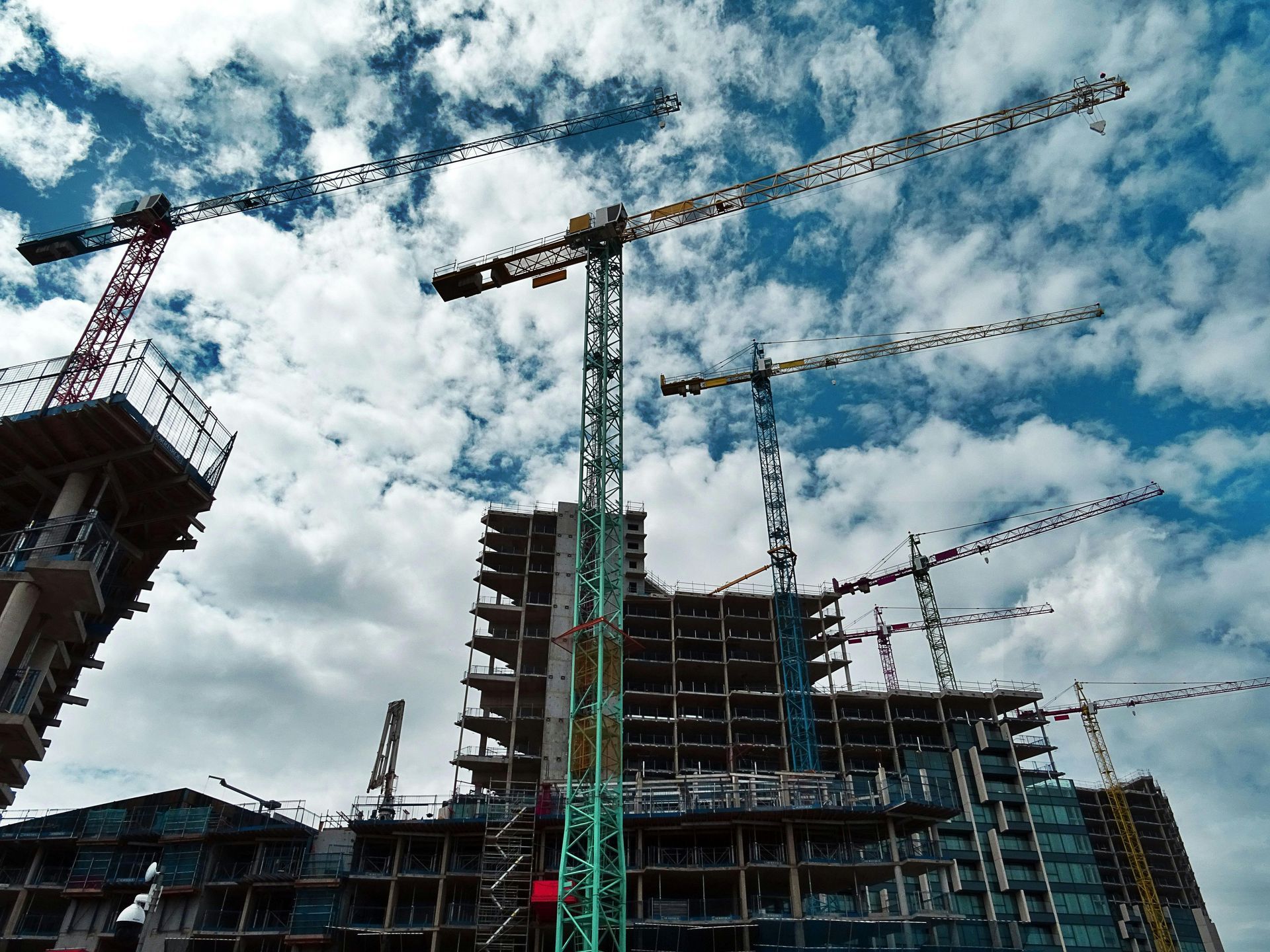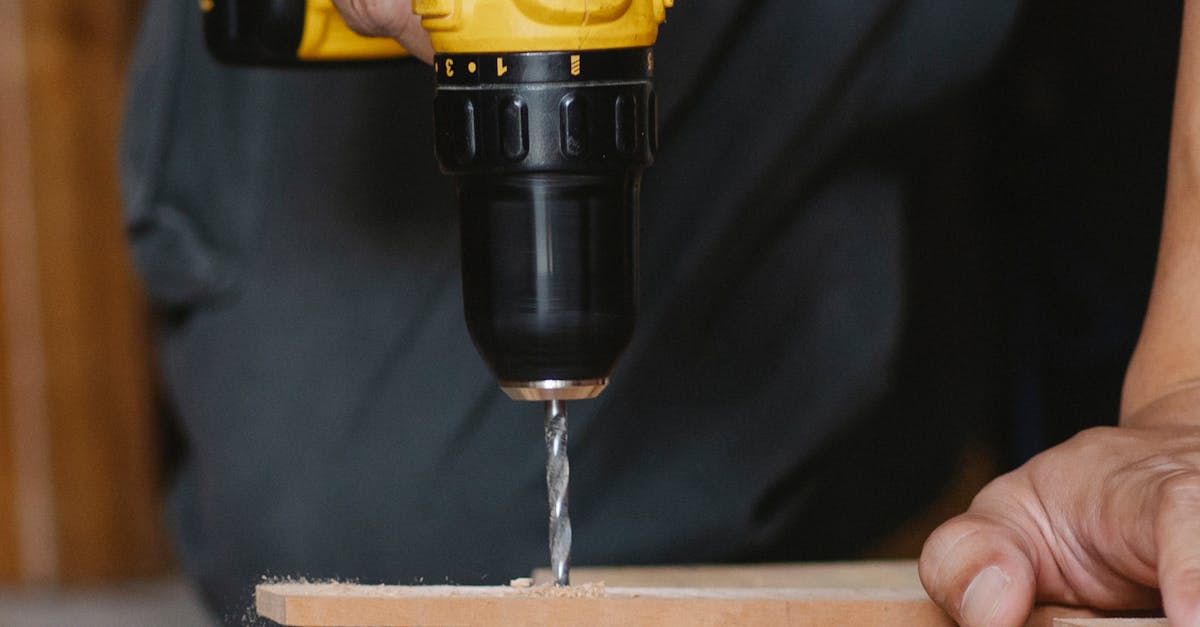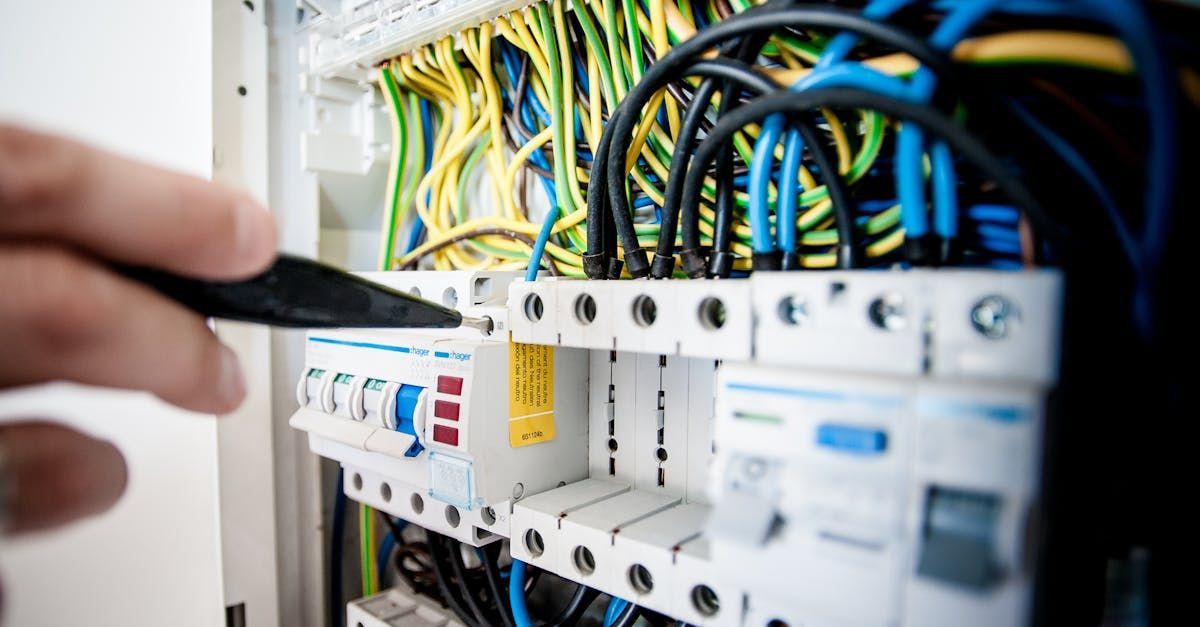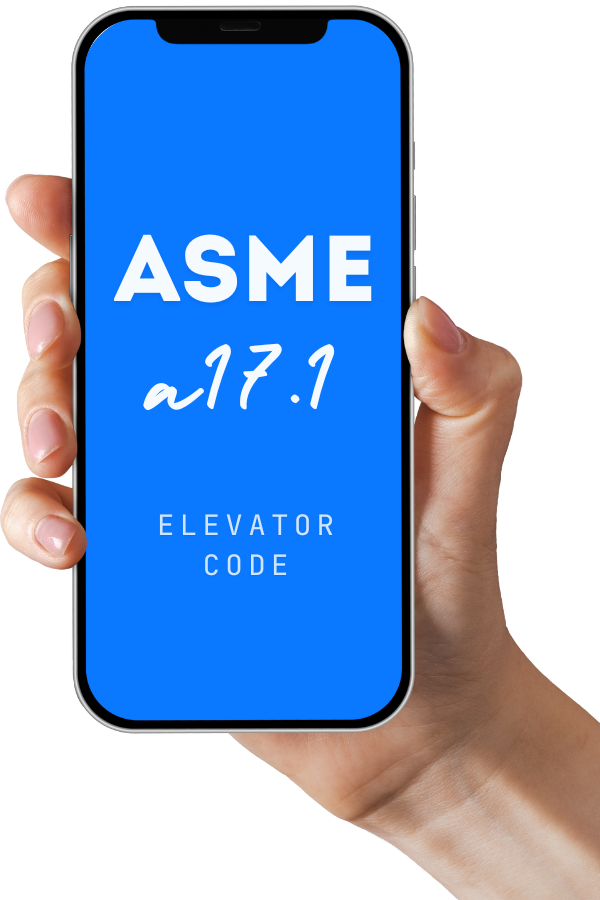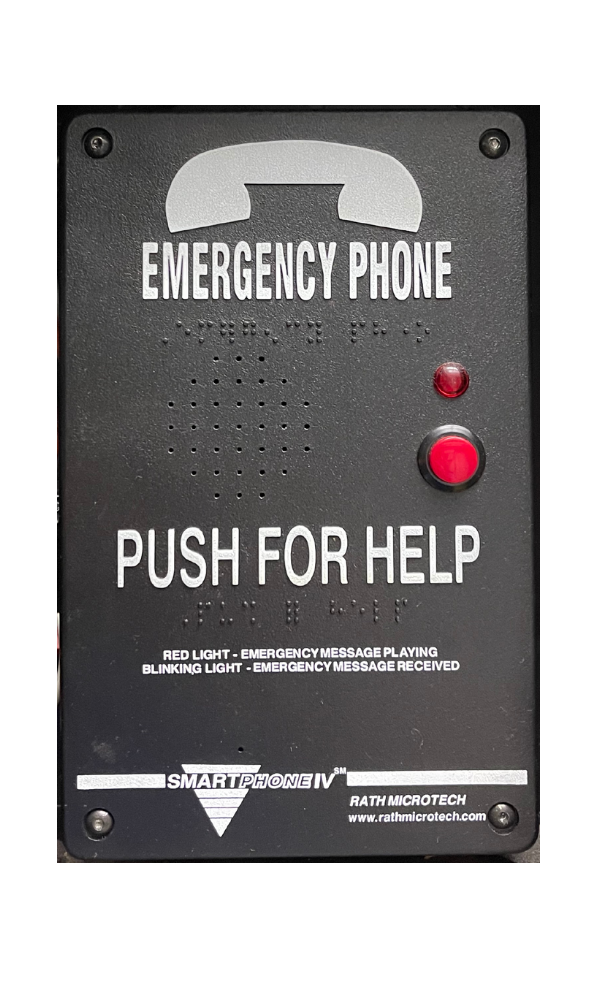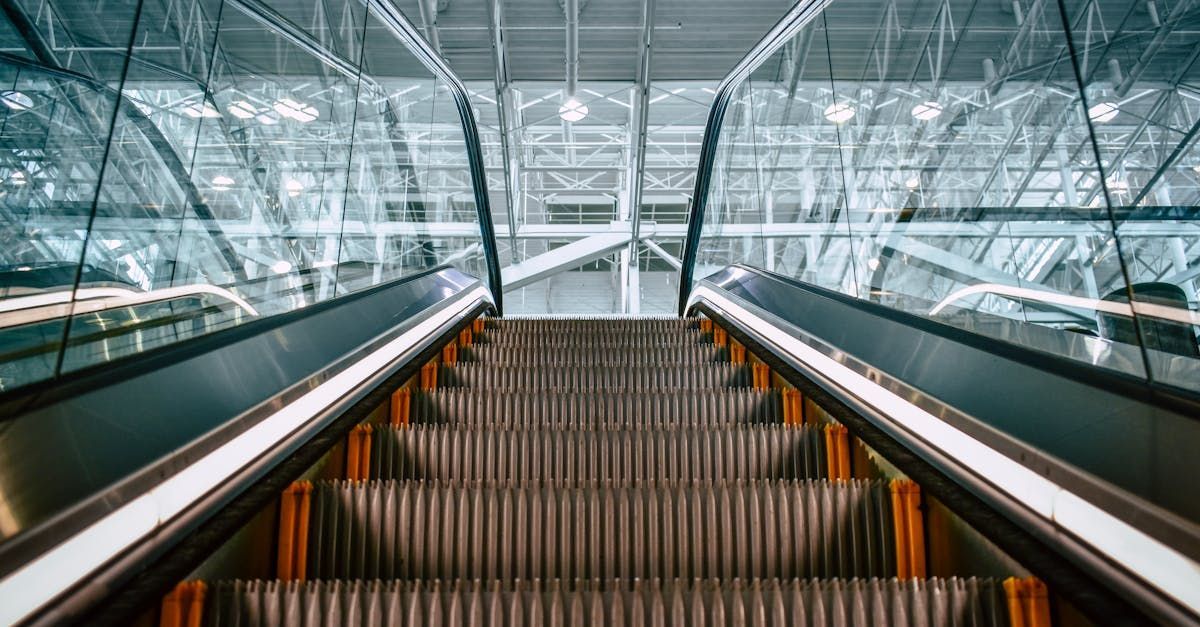Elevator Recall
Key Highlights
- Elevator recall is a critical building safety feature designed to protect occupants during emergencies like fires.
- When activated, elevator recall systems override normal operation, bringing elevators to a designated level for fire department use or occupant evacuation.
- The system can be triggered by a fire alarm system, manual pull stations, or a fireman’s key switch.
- Regular testing ensures the system engages promptly and correctly when needed.
- Building owners must adhere to relevant fire safety codes and standards related to elevator recall systems.
Introduction
Elevator recall is very important for building safety, especially during a fire. It helps respond well to emergencies and allows firefighters to reach higher floors quickly and safely. This easy guide explains elevator recall systems in detail. It covers why they matter, their parts, and the laws about them to help everyone understand this key safety feature.
Understanding Elevator Recall and Its Importance
Elevator recall is a feature found in most modern elevators. It works automatically when there is a fire alarm. This feature quickly takes over the normal function of the elevator. It is important because it stops people from going to floors where there is fire or smoke.
The main goal of elevator recall is to make sure people can leave safely and firefighters can get to the building quickly. It does this by bringing elevators to a certain level. This level is usually the ground floor or another floor meant for fire department access. This process helps create a safe response during fire emergencies.
What is Elevator Recall?
Elevator recall is a special sequence that changes how an elevator works. It gives control to the fire alarm system or the fire department. This is very important during a fire emergency. It helps with a safe and organized way to get people out and helps with firefighting.
When a fire alarm goes off, the system finds where the fire is and starts recall functions automatically. This could mean bringing all elevators to the ground floor or sending them to a special floor for firefighters. This area is often called the "firefighter's lobby."
The control room is very important during this time. It lets firefighters take over normal elevator controls and run the elevator manually. This manual control is key to moving around the building and fighting the fire properly.
Why Elevator Recall is Crucial for Building Safety
Elevator recall systems are very important for safety in buildings. They help keep people safe during fire emergencies in several ways. First, these systems stop people from going to floors full of fire or smoke. They do this by taking control over normal elevator use, so no one gets trapped.
Second, these systems help firefighters get to upper floors. By sending elevators to a designated level, they let firefighters use them quickly and safely. This way, firefighters do not meet trapped individuals or waste time because of regular elevator use.
Additionally, elevator recall systems help speed up evacuation. They make sure firefighters and their equipment can get to where they need to be. This quick use of elevators is important for controlling fires and reducing damage and risk to life. Smoke detectors in elevator lobbies and shafts also play a big role. They help trigger the recall, making the system more effective in dealing with fire dangers.
How Elevator Recall Systems Work
When connected to a building's fire alarm system, elevator recall systems are very important for emergency response. These systems quickly react to different devices that signal a fire.
This process makes sure that elevators are ready for firefighters to use. It stops smoke and fire from spreading in the building. By taking control of normal elevator use, recall systems help lower damage and can save lives.
The Two Phases of Elevator Recall
Elevator recall has two main phases to help respond to fire emergencies effectively.
- Phase I is called Recall Action. It starts when devices like fire alarms from smoke detectors, heat detectors, or manual pull stations are activated. When this happens, all elevators in the area go to a specific level, often the ground floor or another place designed for a fire situation.
- Once the elevators get to the designated level, their doors open, and normal service stops. This marks the start of Phase II, called Firefighter Control. In this phase, only the fire department can use the elevators. They do this by using a fireman's key switch, which is usually in the elevator cab or near the call buttons. This key lets firefighters pick floors and run the elevator.
A key part of the elevator recall system is the shunt trip mechanism. When it is activated, it cuts off power to the elevator. This stops the elevator at the nearest floor during an emergency. This feature ensures elevators do not act unpredictably or become hard to access during a fire.
Key Components of Elevator Recall Systems
Several important parts work together to help elevator recall systems operate smoothly. The main part is the elevator controller. This smart equipment controls all the elevator's movements and functions. It gets signals from the fire alarm system to start the recall process.
The fire alarm system is key. It has many smoke detectors, heat detectors, and manual pull stations throughout the building. These tools are important for finding fires and sending alarm signals to the elevator controller. When this happens, the controller changes regular elevator functions and starts recall procedures.
Another key part is the elevator machine room. This room holds the elevator's mechanical parts, like the motor and sheave. It is essential for how the elevator works and keeps the elevator recall system safe and effective.
Conclusion
In conclusion, elevator recall systems are very important for keeping buildings safe during emergencies. It is vital for building owners and tenants to understand how these systems work. Knowing the parts of elevator recall systems can help you prepare for emergencies and meet legal rules. Regular tests and maintenance of these systems are needed to avoid problems when they matter most. Stay updated about how elevator recall starts and the different types based on building types to ensure safety. Learn more about elevator recall to protect your building and the people in it.
Frequently Asked Questions
How is Elevator Recall Initiated?
Elevator recall usually starts with a fire alarm signal. This signal can come from devices such as smoke detectors or heat detectors. Firefighters can also activate it manually using a manual pull station. They can use a fireman’s key switch, which is generally available for them during emergencies.
What are the Legal Requirements for Elevator Recall?
Code rules for elevator recall change based on where you live and what kind of building it is. Still, many areas follow national fire alarm and fire safety codes. These codes are set by the National Fire Protection Association (NFPA). They require certain installation and performance standards for elevator recall systems.
Can Elevator Recall be Tested Regularly?
Yes, elevator recall testing should happen regularly for safety. It checks if the system works well and meets fire code rules. This usually means simulating a fire alarm and watching how the elevator reacts. It's part of the inspection of fire protection systems.
What Happens if Elevator Recall Fails During an Emergency?
Recall failure during an emergency can make it hard for the fire department to get in and for people to leave the building. If the system does not work, elevators might still run, putting people in danger by taking them toward the fire. It is important to have regular maintenance and testing to lower the chance of recall failure.
Are There Different Types of Elevator Recall for Different Buildings?
The kind and complexity of elevator recall systems can change. This depends on things like how tall the building is, how many people are in it, and how many elevators are in an elevator bank. Some buildings may need special recall functions that fit their own needs and their fire safety plan.

